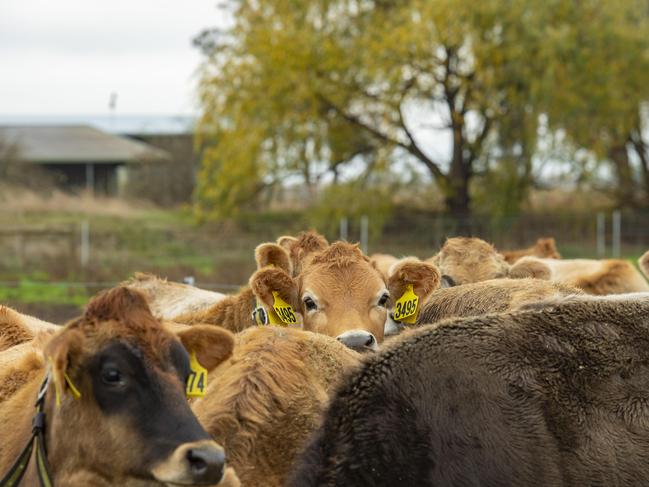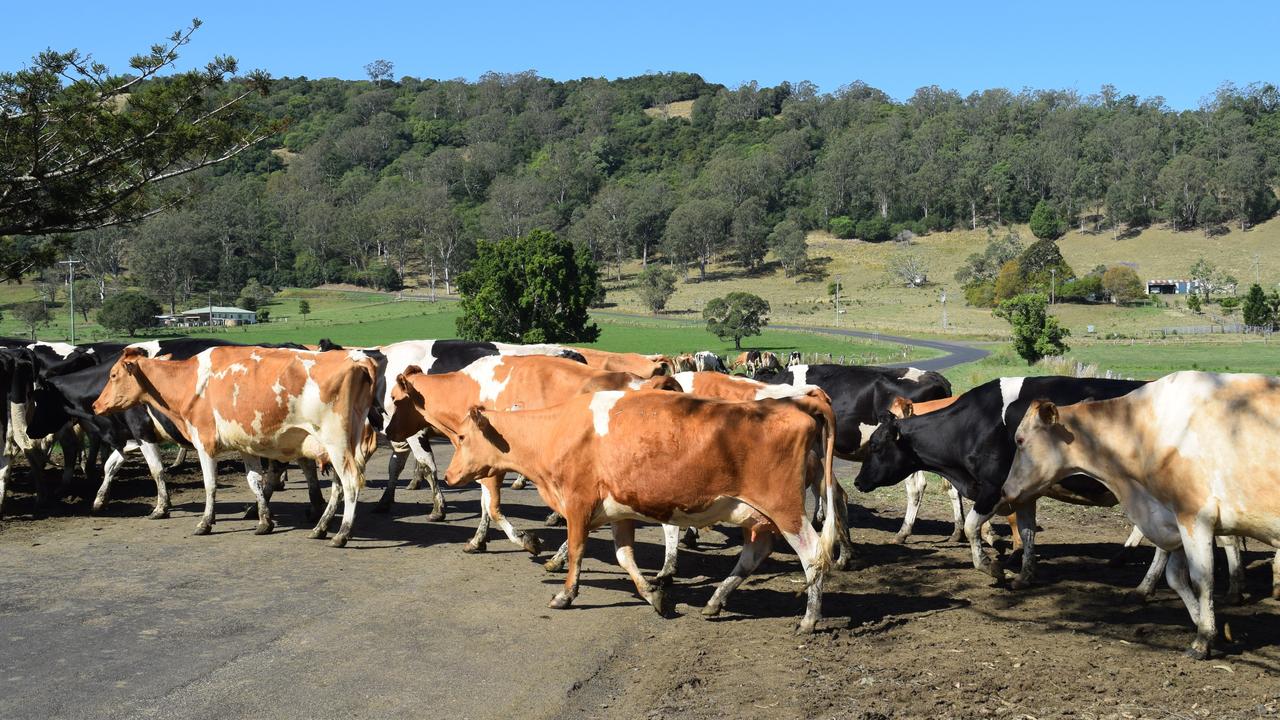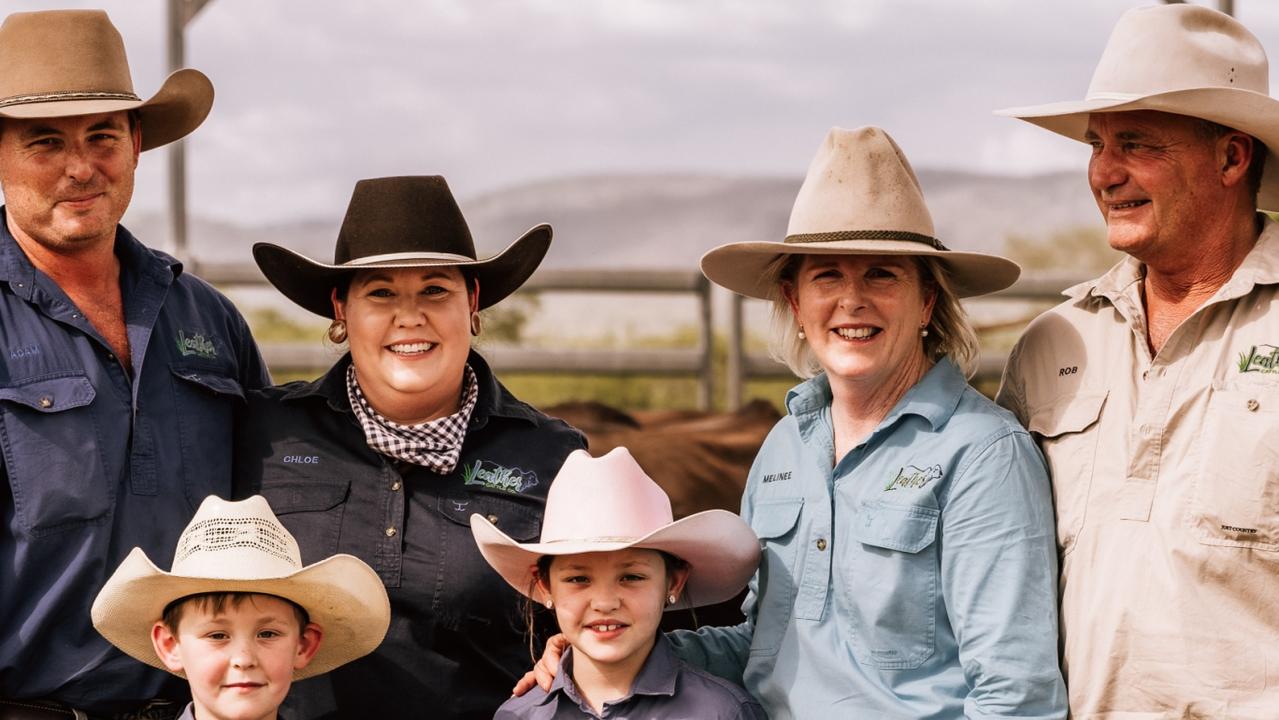How Australia’s farmgate milk prices compare to other countries
Australian dairy farmers are on top of the dairy world, as “unprecedented competition” runs hot.
Supplying milk to households in Brussels, Bologna and Barcelona has been more lucrative than providing a fresh carton to the kitchen tables of Brisbane and Bendigo.
Famously protectionist, the European Union did little to hide its butter mountains and milk lakes over the decades, and eurozone dairy farmers enjoyed the cream off the top.
But in the past 12 to 18 months, the script has flipped.
Unexpectedly, Australian dairy farmers are on top of the dairy world — and the raw numbers are the proof in the profit pudding.
From a high of nearly 90 cents a litre in southern Queensland and northern NSW markets, to a bit over 68 cents a litre in the tightly-held Western Australia trade, the 2023-24 financial year is shaping up nicely for Australia’s dairy sector.
Dairy Farmers of Victoria president Mark Billing said Australia’s shrinking milk pool coupled with the mandatory federal dairy code of conduct were the two driving forces behind the profit purple patch.
“The competition for milk from processors, both ahead of this season and the 2022-23 season, ran pretty hot. We had unprecedented competition on reflection,” he said.
“Now, there’s been some recent complaints from processors about the high prices but they’re the ones who decided to offer those figures.
“They knew they’d be locked into these high prices for 12 months. It’s been good for confidence in the dairy sector after a tough few years.”

AUSTRALIA
Analysis from the Australian Dairy Products Federation’s open calculator finds that southern Queensland and northern NSW farmers are paid the highest price for their milk at 89.3 cents a litre.
Southern NSW is a distant silver medallist at 81.9c/L, while Tasmania takes the bronze medal at 73.1c/L.
Australia’s dominant dairy state doesn’t reach those highs but the current financial year pricing is still stellar by international standards.
Northern Victorian dairy farmers are paid an average of 70.5c/L, while Gippsland is not far off on 70.3c/L and southwest Victoria enjoy a 69.6c/L average.
Mr Billing said the strong prices of 2023-24 were a reassuring buffer for the expected higher input costs heading the way of farmers in 2024.
“Inflation is chasing all farmers. Electricity, rates, fertiliser, labour costs. So while it may be a high price paid initially, profit gets eroded pretty quickly,” he said.
Western Australia is bottom of the pack on 68.2c/L.
WA Farmers dairy president Ian Noakes said pricing west of the Nullarbor needed to improve to attract the next generation of dairy farmers.
“Dairy farmers in WA are mainly being paid in the region of 70 to 75 cents a litre. It’s okay but it’s not enough to attract younger people into dairy,” Mr Noakes said.
“We’ve had the drift of dairy farmers into the beef sector in recent years. Now with wheat prices performing well, there’s a shift into that as well.”
EUROZONE
Once the home of the world’s best paid dairy farmers, the European Union is now at loggerheads with many elements of the agricultural sector, not just dairy.
Earlier this year, hundreds of farmers descended on the European parliament in Strasbourg to protest against new EU rules aimed at restoring natural areas and cutting emissions that contribute to climate change.
Coupled with an oversupply of milk across the continent and European dairy farmers are barely receiving 50 Australian cents a litre for milk.
Number-crunchers comparing the average received by dairies as diverse as the tightly held Swiss market and the more expansive French sector have the figure at 49.51 cents a litre.
At this point in the 2023-24 financial year, it’s one of the lowest prices paid to European dairy farmers since the Common Market was established seven decades ago.
UNITED KINGDOM
Across the English Channel, British dairy farmers aren’t receiving much less than their former eurozone equivalents at the farmgate.
The average UK farmgate price in Australian dollars is 45.48 cents a litre — and many British farmers are calling it quits as a result.
A recent survey by the British National Farmers Union of nearly 600 dairy farmers across the UK found nearly 10 per cent planned to leave the sector in the coming year.
NFU dairy deputy chairman Paul Tompkins said he was paid 50 pence per litre (96 Australian cents) in December last year.
But prices paid to the Yorkshire farmer have collapsed this year.
“With global dairy commodities in a period of adjustment, the farmgate price for milk is under real pressure in the UK, dipping below the cost of production,” Mr Tompkins told The Weekly Times.
“However, the shelf price of milk has not responded as quickly leading to questions around so called ‘greedflation’ where businesses capitalise on inflation.”
UNITED STATES
Americans brand themselves as the “land of the free”, and you could say that dairy farmers in the US are almost giving away their product.
In Australian dollars, the average across the continental US at the farmgate is roughly 40.64 cents a litre.
The low price paid at the American farmgate has been a politically sensitive issue in the election swing state of Wisconsin.
US President Joe Biden has tasked his agriculture secretary, Tom Vilsack, with boosting the economic fortunes of small to medium sized dairy farms.
But more than halfway through the Biden administration’s first term, the results in improving industry competitiveness have been mixed.
Smaller farm lobbyists say keeping the farmgate below 60 Australian cents a litre is pressuring more family farms out of the market in an era where industrial-sized operations dominate the US dairy sector.





